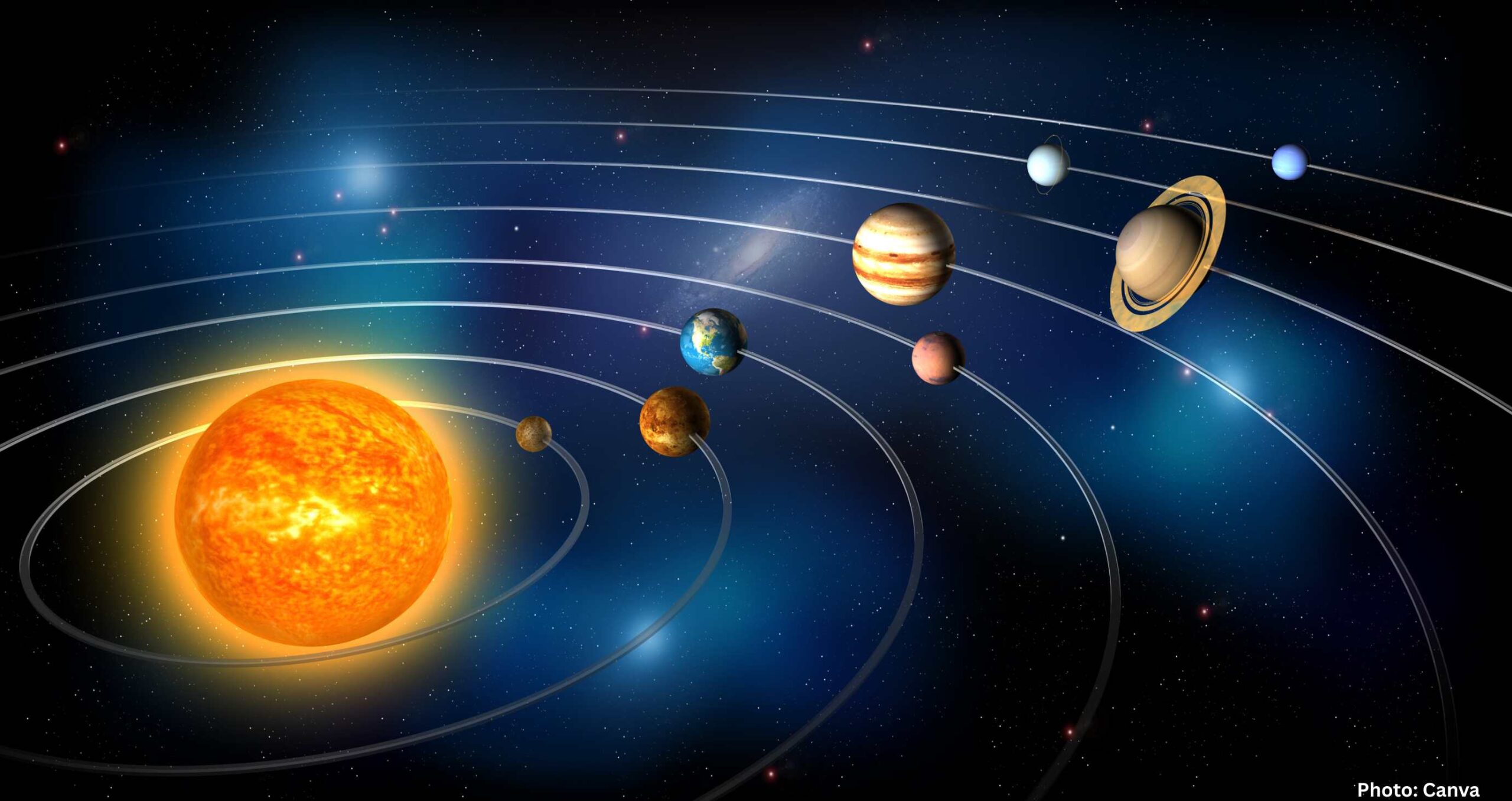Indian American researcher Damanveer Singh Grewal likens the early solar system’s formation to a collection of LEGO blocks, emphasizing the chaotic nature of planet formation through high-energy collisions.
A new study led by Indian American researcher Damanveer Singh Grewal at Yale University suggests that the early solar system resembled a chaotic bin of LEGO blocks rather than a serene environment of untouched elements and minerals.
“Far from being made of pristine material, planets — including Earth — were built from recycled fragments of shattered and rebuilt bodies,” said Grewal, the first author of the study published in the journal Science Advances.
Grewal, who serves as an assistant professor of Earth and planetary science in Yale’s Faculty of Arts and Science, explained that the research provides a clearer understanding of the violent origins of our solar system.
For decades, scientists have recognized that in the formative years of the solar system, planets and protoplanets, known as planetesimals, emerged through a combination of collisions and core formation. This process triggered significant chemical changes in the composition of the cores, according to reports from Yale News.
However, the extent to which these forces influenced the formation of planets remained largely unknown. Adding to the complexity, some planetesimals exhibit unusual chemical signatures that would necessitate the presence of highly improbable metals during the early stages of core formation.
Grewal and his team propose that the key to understanding these anomalies lies in the violent, smash-and-rebuild nature of the early solar system, which occurred even before the last remnants of its nebular gas were consumed.
In their study, the researchers conducted simulations to explore how planetary cores developed in the early solar system, relying on a reinterpretation of data collected from iron meteorites. These meteorites are remnants of the metallic cores of the first planetesimals.
The researchers hypothesize that high-energy collisions began approximately 1 to 2 million years after the formation of the solar system, a period considered “early” in cosmological terms. At this stage, some planetesimals had formed metal-rich cores, but the process was still ongoing.
These collisions shattered the cores, and the resulting fragments eventually reassembled into new planetary bodies.
“These events determined which elements and minerals young worlds carried into the next stage of planet formation,” Grewal noted. “Our findings show that the pathway to planetary formation was far more dynamic and complex than previously thought.”
Varun Manilal, a graduate student in Earth and planetary sciences at Yale, is a co-author of the study.
As the research progresses, it may provide further insights into the intricate processes that shaped our solar system and the planets within it.
Source: Original article

